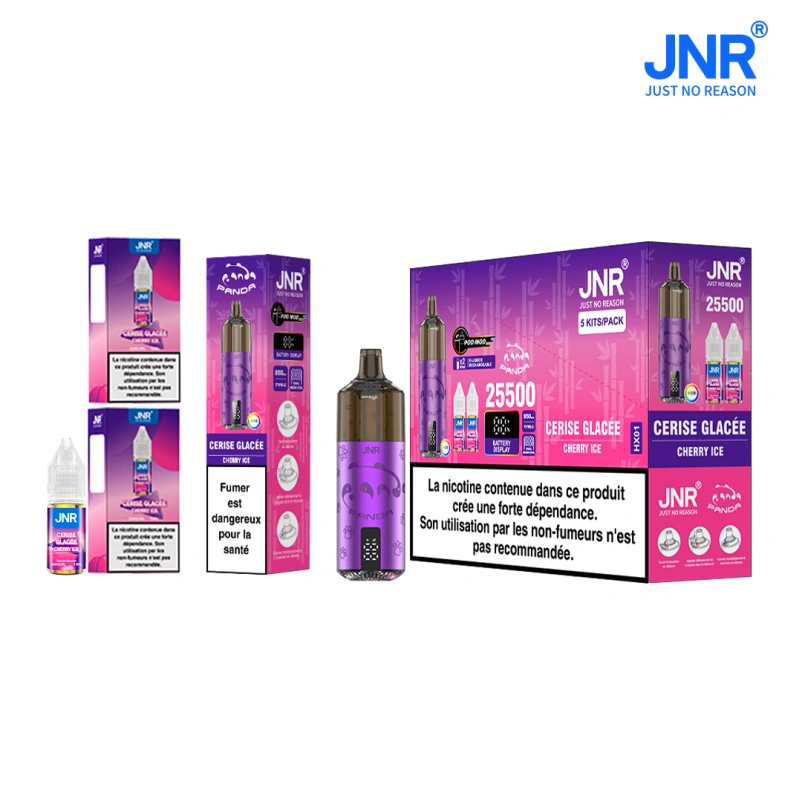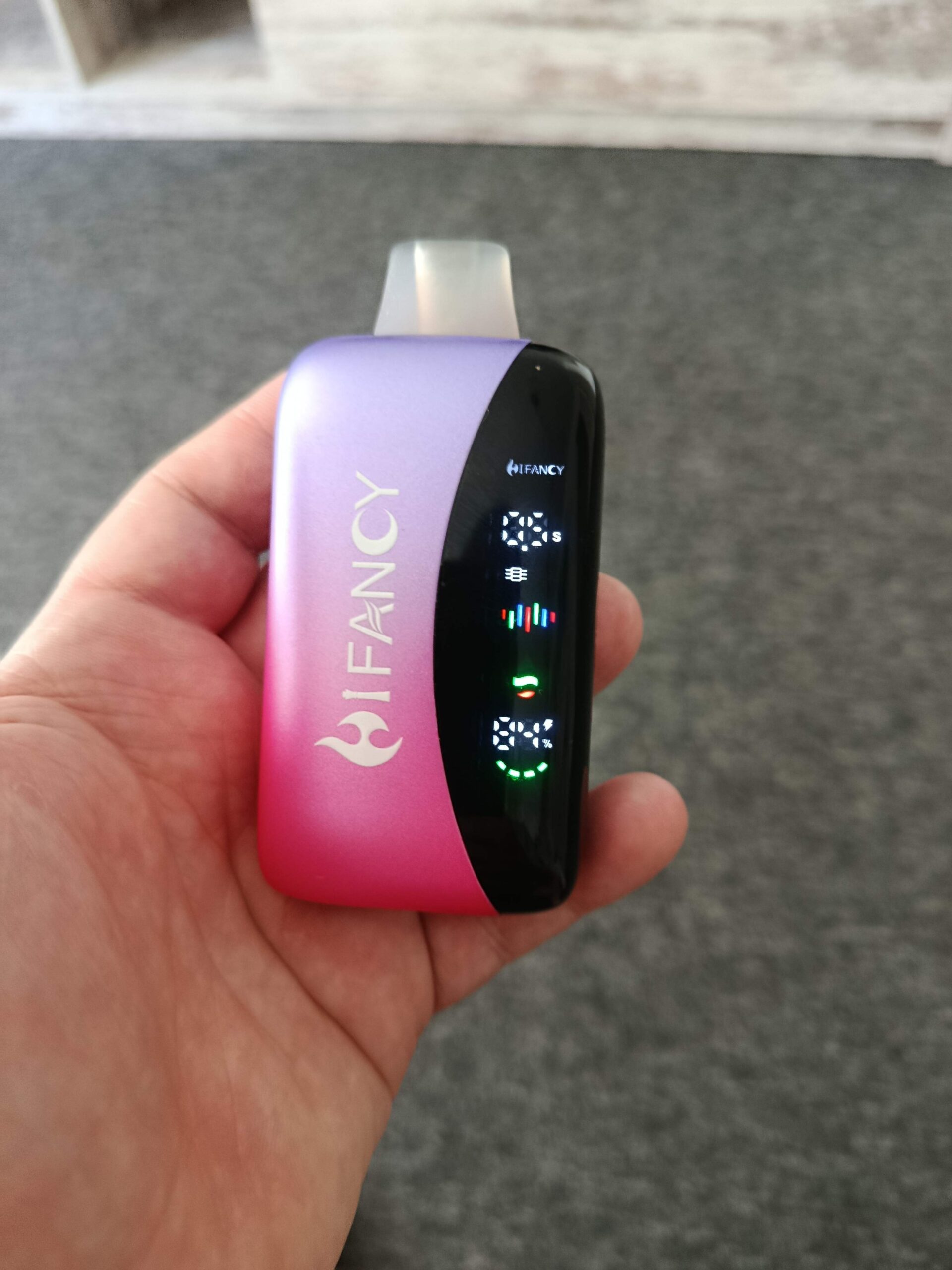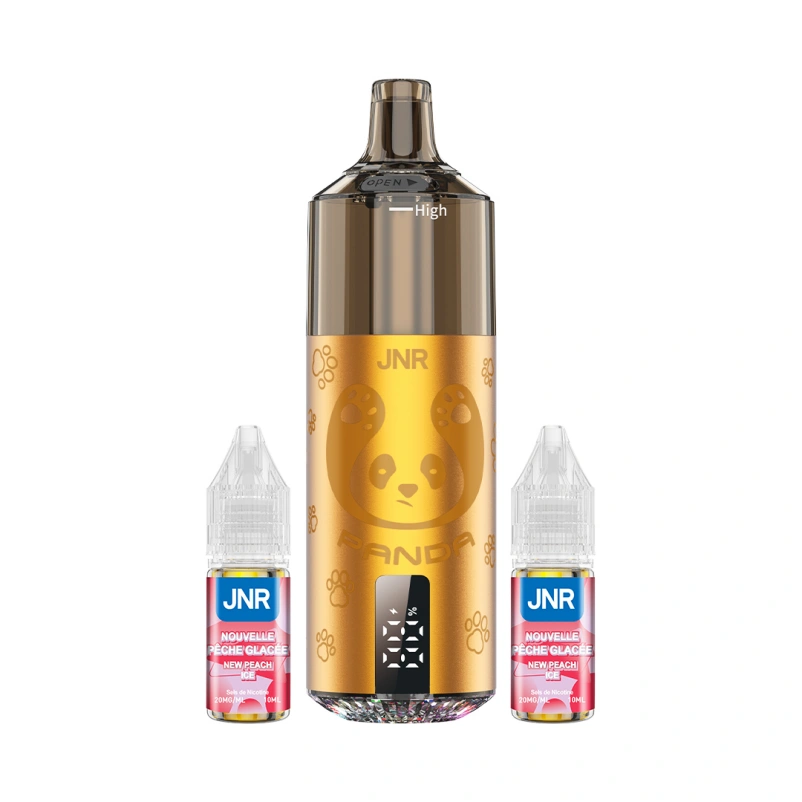Definições de função para o bloqueio de cigarros electrónicos para crianças
Comprehensive Guide to Child Lock Features on Vape Devices: Safety Mechanisms and Activation Methods
Vape devices designed for adult use often incorporate child lock features to prevent accidental activation or ingestion by minors. These mechanisms are critical for household safety, especially in environments where children may access electronic smoking products. Understanding how to activate, deactivate, and troubleshoot these locks ensures both security and usability.
Physical Activation Methods for Child Locks
Most modern vape devices utilize intuitive physical interactions to toggle child lock modes, eliminating the need for complex software or apps. These methods prioritize speed and reliability in emergency situations.
Rapid Insertion-Removal Technique
A common approach involves manipulating the cartridge or pod component. Users must perform a sequence of rapid insertions and removals within a two-second window. For example:
- Insert the cartridge fully into the device, then remove it immediately.
- Repeat this action two more times, ensuring each cycle completes within the time limit.
- Successful activation triggers visual feedback, such as LED indicators flashing in a specific pattern or color change. Some devices may also vibrate to confirm the lock status.
This method works by interrupting the device’s normal cartridge detection protocol, forcing it into a locked state when rapid movements are detected. Deactivation follows the same sequence, allowing adults to regain control quickly.
Button Combination Locks
Certain models employ multi-button presses to engage child safety features. Typical combinations include:
- Pressing the power button and adjustment button simultaneously for three seconds.
- Holding the power button while rapidly tapping the adjustment button five times.
These combinations vary by manufacturer but are designed to be non-intuitive for children. Visual or haptic feedback confirms successful activation, such as the device vibrating or the LED display showing a lock icon.
Advanced Safety Technologies in Vape Devices
Beyond basic physical locks, some devices integrate cutting-edge technologies to enhance child safety. These systems often require compatible accessories or smartphones to operate.
NFC-Based Authentication Systems
Near Field Communication (NFC) technology enables secure, contactless locking mechanisms. Users must bring an authorized NFC tag (e.g., a key fob or smartphone) close to the device to unlock it. Without the tag, the device remains inoperative, even if children attempt to press buttons or insert cartridges.
This system offers several advantages:
- Encryption: NFC communication is encrypted, preventing unauthorized access.
- Customization: Parents can program multiple authorized tags for different users.
- Audit Trails: Some NFC-enabled devices log unlock attempts, helping caregivers monitor access.
To set up NFC locking, users typically download a manufacturer-provided app, pair their device with the app, and register authorized NFC tags. Once configured, the device will only function when the tag is present.
App-Controlled Locking Mechanisms
Smart vape devices connect to mobile applications via Bluetooth, allowing remote locking and unlocking. Key features of app-based child locks include:
- Geofencing: The device automatically locks when outside a predefined geographic area (e.g., near schools or playgrounds).
- Usage Scheduling: Parents can set specific times when the device is inaccessible, such as during school hours or bedtime.
- Real-Time Alerts: The app notifies caregivers if the device is tampered with or if unlock attempts occur.
To use app-controlled locks, users must first pair their device with the app and create an account. After enabling child lock settings, the device will respond to commands sent from the app, regardless of physical button presses or cartridge manipulations.
Troubleshooting Common Child Lock Issues
Even well-designed child lock systems can encounter glitches. Understanding how to diagnose and resolve these problems ensures continuous protection.
Unresponsive Lock Mechanisms
If the device fails to lock or unlock after performing the correct sequence, consider the following steps:
- Check Battery Level: Low power may prevent the device from processing lock commands. Charge the device fully and retry.
- Inspect Cartridge Connection: Dirt or debris on the cartridge contacts can interfere with the insertion-removal technique. Clean the contacts with a cotton swab dipped in isopropyl alcohol.
- Reset the Device: Some models offer a hard reset option (e.g., holding the power button for 10 seconds) to clear temporary software errors.
False Lock Activation
Certain actions, such as carrying the device in a bag where the cartridge jostles, may inadvertently trigger the lock. To prevent this:
- Use a Protective Case: A hard-shell case prevents accidental cartridge movement.
- Disable Motion-Based Locks: If the device offers customizable lock settings, turn off features that activate based on rapid movement.
NFC or App Connection Problems
For NFC-enabled or app-controlled devices, connection issues can render locks unusable. Troubleshoot by:
- Re-Pairing Bluetooth: Forget the device in the app’s settings and re-establish the connection.
- Updating Firmware: Manufacturers often release updates to improve NFC compatibility or app stability. Check for and install any available updates.
- Replacing NFC Tags: If the authorized tag is damaged or lost, register a new one through the app.
By mastering these activation methods and troubleshooting techniques, users can ensure their vape devices remain secure against child access while retaining full functionality for authorized adults.









